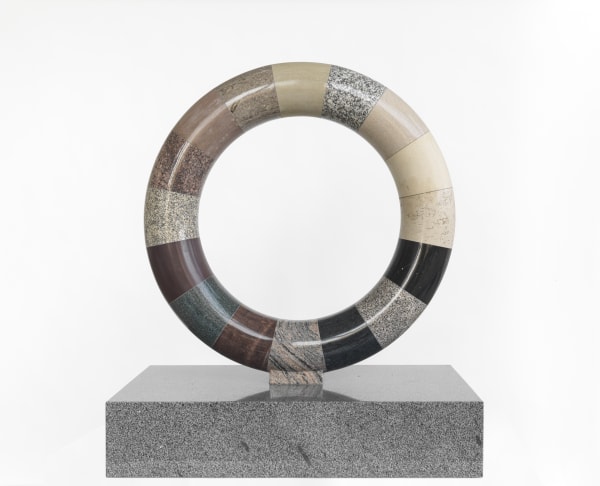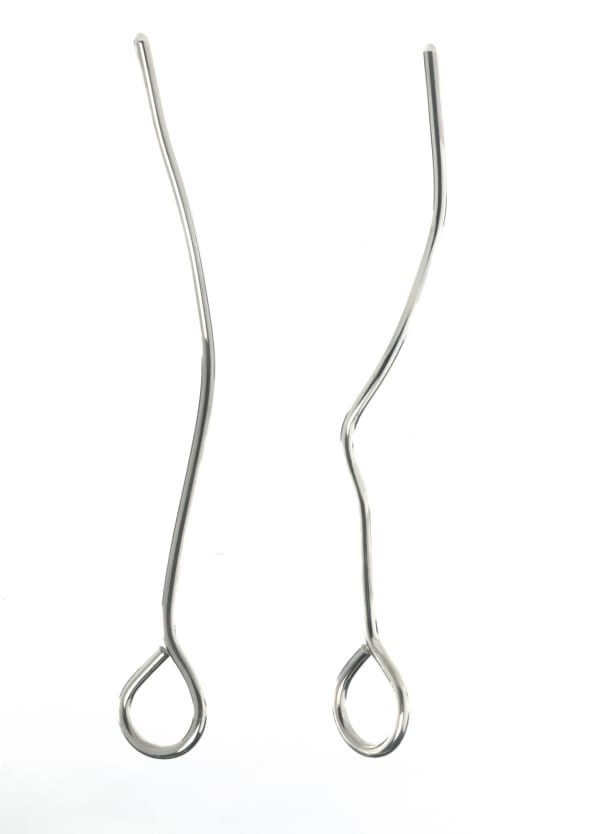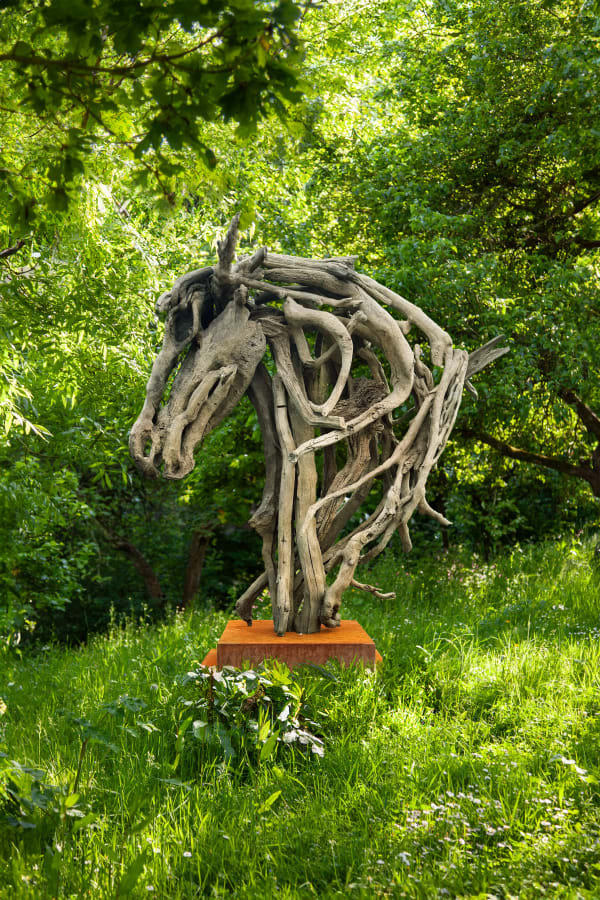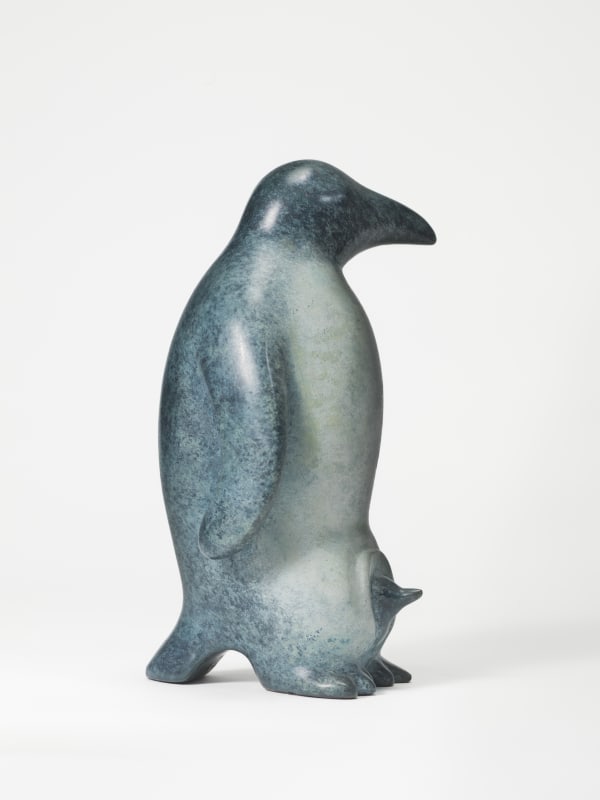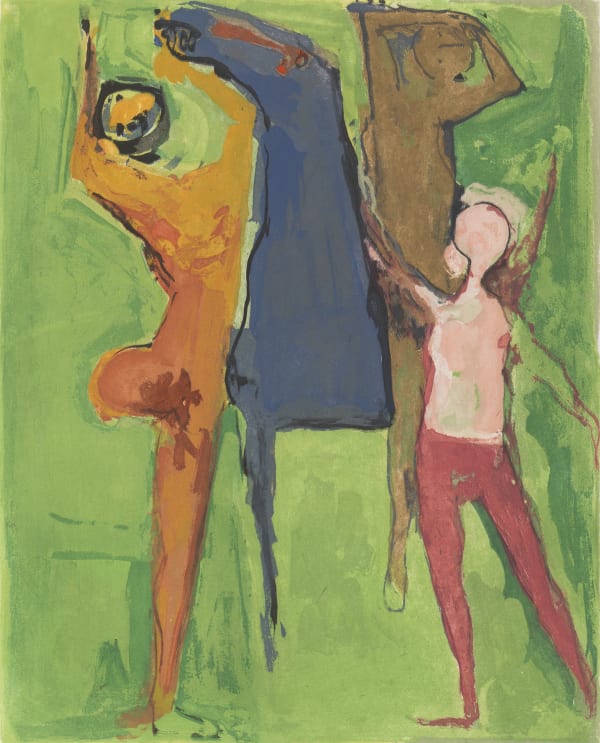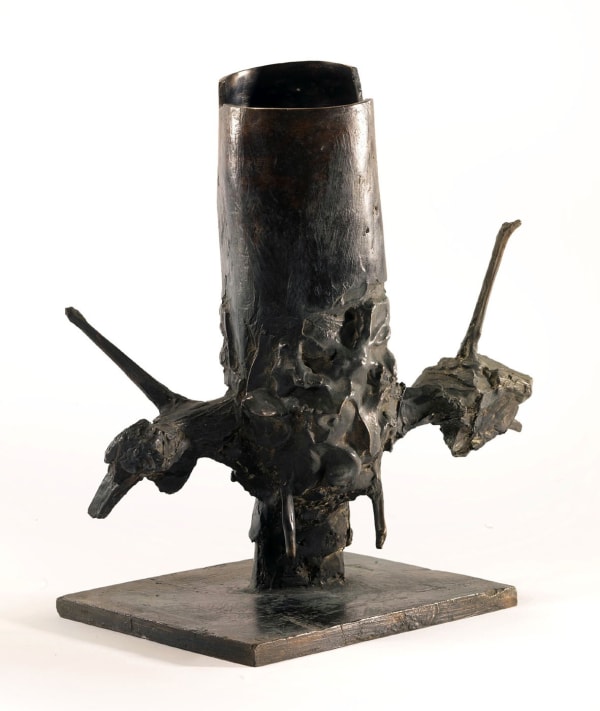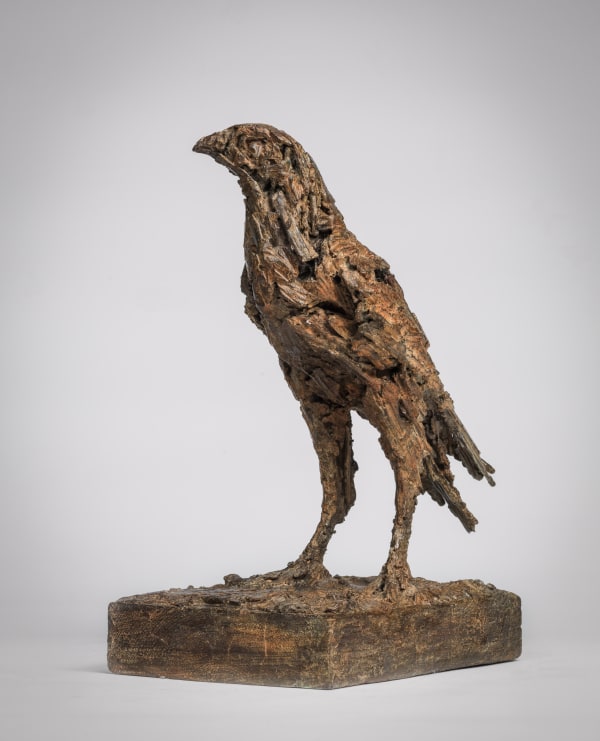We are delighted to represent and work with a wide range of sculptors.
Not all works are listed on our website so do contact us for further works or guidance.
-

Bruce Beasley
-

Ralph Brown
-

Jon Buck
-

Lynn Chadwick
-

Ann Christopher RA
-

Geoffrey Clarke
-

Terence Coventry
-

Steve Dilworth
-

Zachary Eastwood-Bloom
-

Bryan Kneale RA
-

Hannah Lim
-

David Mach RA
-

Susie MacMurray
-

Charlotte Mayer
-

Breon O'Casey
-

Eilis O'Connell
-

Peter Oloya
-

Angela Palmer
-

Carl Plackman
-

Peter Randall-Page RA
-

Merete Rasmussen
-

Almuth Tebbenhoff
-

William Tucker RA
-

Anthony Abrahams
-

Kenneth Armitage
-

David Bailey
-

Julie Brook
-

Rembrandt Bugatti
-

Daniel Chadwick
-

Michael Cooper
-

Dorothy Cross
-

Judith Dean
-

Abigail Fallis
-

Elisabeth Frink
-

George Fullard
-

Antony Gormley
-

Steven Gregory
-

Nigel Hall RA
-

Damien Hirst
-

John Hoskin
-

Steve Hurst
-

Heather Jansch
-

Michael Joo
-

Jonathan Kenworthy
-

Jeff Lowe
-

Alastair Mackie
-

Anita Mandl
-

Marino Marini
-

Briony Marshall
-

Bernard Meadows
-

David Nash
-

Sir Eduardo Paolozzi
-

Joseph Paxton
-

Sam Photic
-

Maja Quille
-

George Taylor
-

Lisa Traxler
-

Patricia Volk
-

Jason Wason
-

Alison Wilding

















